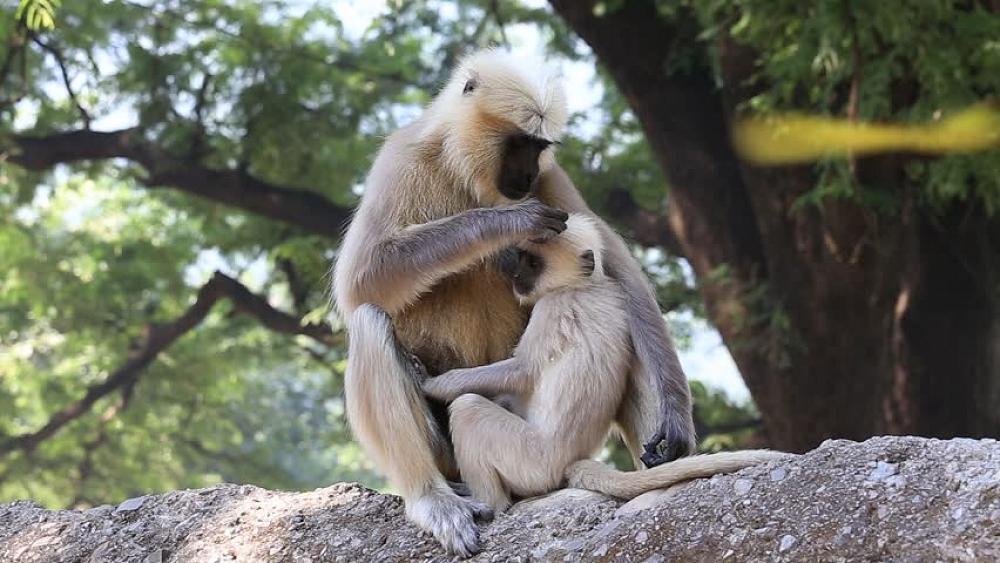
Head lice Checks
What you need to know about head lice:
- Head lice are animals that live on the scalp.
- Nits are the eggs of head lice.
- Lice can’t jump or fly from person to person. They can only crawl from head to head, or spread when children share combs, brushes, hats, and scarves.
- Head lice are easily treated at home.
- Head lice spread quickly, so report head lice to your child’s school or child care centre.
How to find head lice
Half of the people who have head lice never scratch their heads, so itching is not a reliable sign. Lice can also be difficult to spot. The easiest and most effective way to find head lice is outlined below.
Step 1 Comb hair conditioner on to dry, brushed (detangled) hair. This makes it difficult for lice to grip the hair or run around.
Step 2 Wipe the conditioner from the comb onto a paper towel or tissue.
Step 3 Look on the tissue and on the comb for lice and eggs.
Step 4 Repeat the combing for every part of the head at least four or five times.
Step 5 If the person has been treated recently and only hatched eggs are found, you may not have to treat them again since the eggs could be from the old infection.
Step 6 If lice or eggs are found, the person should be treated.
To prevent other members of your family from getting head lice, you’ll need to wash the infected child’s bedding and clothing in hot water. Make sure to wash her combs and brushes too and keep her hair tied back firmly to prevent cross-contamination.
The two most common head lice treatment methods are ‘wet combing’ and ‘chemical treatment’.
- Wet combing – wet the hair and scalp with conditioner (this makes it easier to see the head lice) then comb the lice and eggs out. It’s best to use the fine metal combs or special head lice combs you can get from a pharmacy.
- Chemical shampoo or lotion (containing insecticide) – this will kill the lice and eggs.
Always re-treat 7–10 days after the first treatment, to kill any head lice that may have hatched from eggs that survived the first treatment.
Further information on detection and treatment of head lice and eggs (nits) can be found on this link or Ministry of Health
REMEMBER! Because live eggs hatch in 7-10 days, the key to success in getting rid of them is to repeat whatever treatment you settle on every three-four days for a couple of weeks. You can only break the cycle if you stop the newly hatched lice from laying eggs.



